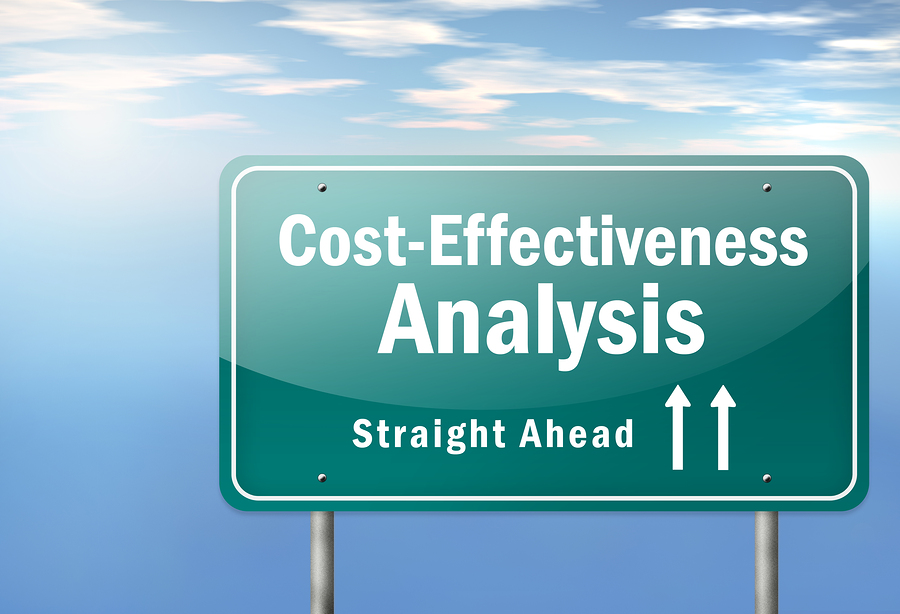Laura L. Polson, BSN, RN-BC, CVAHP
Our Clinical Value Analysis (VA) roles are evolving. Every day healthcare leadership struggles to improve the quality of care and reduce supply expense. This is nothing new. So what’s driving this evolution?
Speed. Plain and simple.
Before, like any bureaucracy, we held meetings upon meetings. We planned capital expenses and budgets well in advance, put off replacement decisions for years, and tried to recruit the finest clinicians new toys could attract. Through years of mergers and acquisitions we lost the ability to be flexible, to make decisions our clinicians found trustworthy from manual chart reviews. We made money, but change took time. A typical VA Director completed all steps of any conversion project, from idea and analysis to training and distribution implementation. With the speed required to deal with declining inpatient admissions and value-based purchasing penalties we’re seeing all sorts of new VA roles. Financial analysts, clinical resource specialists, Lean team green belts, and clinical quality implementation managers are some of the new support staff required to keep multiple projects and conversions on track and sustainable over time.
Today, the EHR (electronic health record) rules the financial hierarchy of healthcare as surely as the defense budget commands our taxes. We invest exorbitant fees for software, capital, training, and upgrades and still struggle to obtain the information within. Legacy systems with historical data were rarely integrated for comparative analytics. We continually search for data software system tools to extract files and examine purchase history, benchmark spend, and utilization trends. Group Purchasing Organizations (GPOs) flock to offer resources and systems at a premium price. (Your Supply Chain department clinician who was the original VA Director must not only have clinical expertise, but extensive business, legal, regulatory, and computer system skills!) That still leaves clinical outcome data and standardization opportunities as the holy grail of VA information needs. We are sifting through mud for grains of wisdom, and ever glancing backwards through time. By the time decisions are made, the information is obsolete.
Speed.
How do we catch up with changing reimbursement strategies? Where do we look for answers to variable spend which must match value-based rather than fee-for-service structures? We’ve got to be proactive…and FAST! There has to be a value analysis review up front on every dollar spent. We are no longer looking at buying the cheapest product. We examine the value of every available product, its equivalent function and contribution to overall quality outcomes, as well as true necessity. The days of buying “nice to haves” are over. We look at procedure reimbursement and clinical requirements tying these products to revenues such as an inpatient status.
Speed. We have to be nimble and quickly consider all stakeholders affected. Value Analysis resides between all the silos which historically have made decisions on their department equipment and supplies with minimal consideration to the overall picture. Administrators considered requests whose ROI information rarely reflected a standard approach to system needs. Leaders with strong negotiation skills and great analysts often spent most of the available funds whether or not it was patient centered or the best value to support the organization’s overall mission. Now a Value Analysis Steering Team combines information after it’s reviewed by various specialty VA teams whose expertise can make informed decisions on services, supplies, and equipment. With VA Team leaders and administrators working together as a team, all players can have input on key decisions which everyone can support.
Speed. We’re running out of time to waste. Invest in your VA structure to speed up your team!
Laura L. Polson, BSN, RN-BC, CVAHP has 35 years of nursing and management background in multiple specialties (certifications include CVAHP, ACLS, BCLS Instructor, CCRN, CVN, RCIS, CVT) including cardiac cath, electrophysiology, and surgery. Laura held corporate director and consulting roles in one of the largest healthcare organizations (Columbia/HCA had 396 facilities at the time) with focus on cardiovascular care, wound care, quality, lean six sigma, risk management, regulatory compliance, and emergency medicine. She helped pioneer the value analysis role as Product Utilization Director for a multi-hospital market in the early '90s and continues in value analysis at her current role as Clinical Quality Value Analysis Facilitator with Kentuckiana Baptist Health. Polson volunteers as the AHVAP Northeast Region Board Director and Marketing Committee Co-Chairperson, MDIC Consortium FDA/AHRMM Committee, and the Premier Continuum of Care and Value Analysis Councils.





